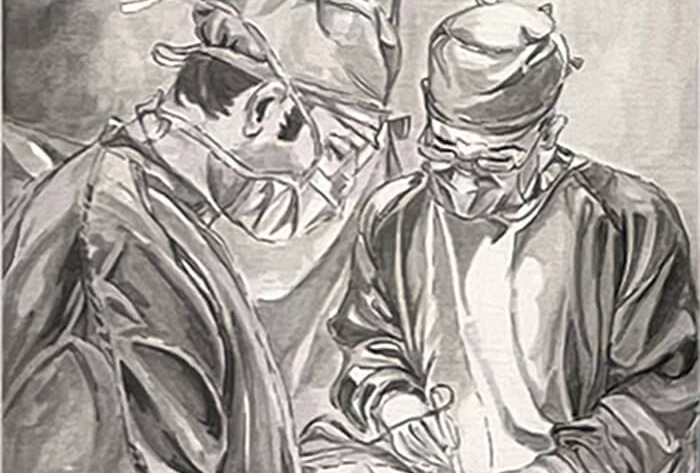Blog
Posted December 04, 2020 in Breast Reconstruction | 4 minute read

A breast cancer diagnosis can be overwhelming. If your treatment includes getting a lumpectomy or mastectomy, you probably know how these procedures change the look and feel of your breast. It is important to learn what to expect during breast cancer reconstruction, including recovery and aftercare. Patients who live in Houston, West Houston, or Katy, TX can turn to a knowledgeable breast reconstruction surgeon for answers.
So, what happens during recovery, and how can patients make themselves as comfortable as possible? Whether you want information for yourself or a close relative, board-certified plastic surgeon Dr. Warren Ellsworth can share everything you need to know, including how to sleep after breast reconstruction surgery. Reach out to the compassionate team at Ellsworth Plastic Surgery to schedule your consultation.
About breast cancer reconstruction
No matter where you are in your breast cancer journey, it is never too late to consider breast reconstruction. Many women undergo reconstruction at the same time as mastectomy, although you can delay your procedure if you wish or if your cancer treatment requires such. During your initial assessment, we can consider one of several successful techniques to rebuild your breast. This includes using your own natural tissue as well as medical-grade implants. After deciding on your reconstruction method, our team will provide information about the surgery and recovery process.
Why sleep is important for recovery
Getting enough sleep is one of the most important parts of recovery after breast reconstruction. As we cycle through the different stages of sleep, our brains release chemicals that are essential to tissue growth and repair. Sleep also promotes a healthy immune system to protect your body from harmful bacteria. And, of course, sleep gives patients the energy they need to keep getting better every day. Breast cancer patients who live in Houston, West Houston, or Katy, TX should get a full eight hours of sleep every night after surgery.
How to sleep after breast reconstruction surgery
Most plastic surgeons recommend sleeping exclusively on your back until you are completely healed. Sleeping on your back reduces painful stretching or pulling of the breast tissue. We also suggest elevating your upper body when sleeping on your back. You can accomplish this by sleeping in a reclining chair or by propping up a few pillows at night. Elevating your upper body can reduce side effects, such as swelling and bruising, while improving circulation. It also helps breast cancer reconstruction patients get out of bed easier in the morning.
Dr. Ellsworth can give you individualized instructions about how to sleep after breast reconstruction surgery. Some tips we may provide include:
- Start before surgery: Patients who are used to sleeping on their side or stomach should start practicing sleeping on their back several weeks before their procedure. This will help you get into the habit.
- Use pillows: Placing a pillow under your knees or underneath each arm can help keep your body in the most optimal sleeping position.
- Ask for help: If you sleep with a partner, ask them to gently wake you if they notice you are accidentally sleeping on your side or stomach during the post-operative period.
Recovery after breast reconstruction
Sleeping can be tricky after breast cancer reconstruction, and not just because you may have some discomfort. Houston, West Houston, and Katy, TX patients need to sleep in a way that will not damage their breast tissue or surgical wounds. If you are planning for recovery after breast reconstruction, contact the professionals at Ellsworth Plastic Surgery. Dr. Warren Ellsworth is happy to provide you with the right resources and information to get started.
